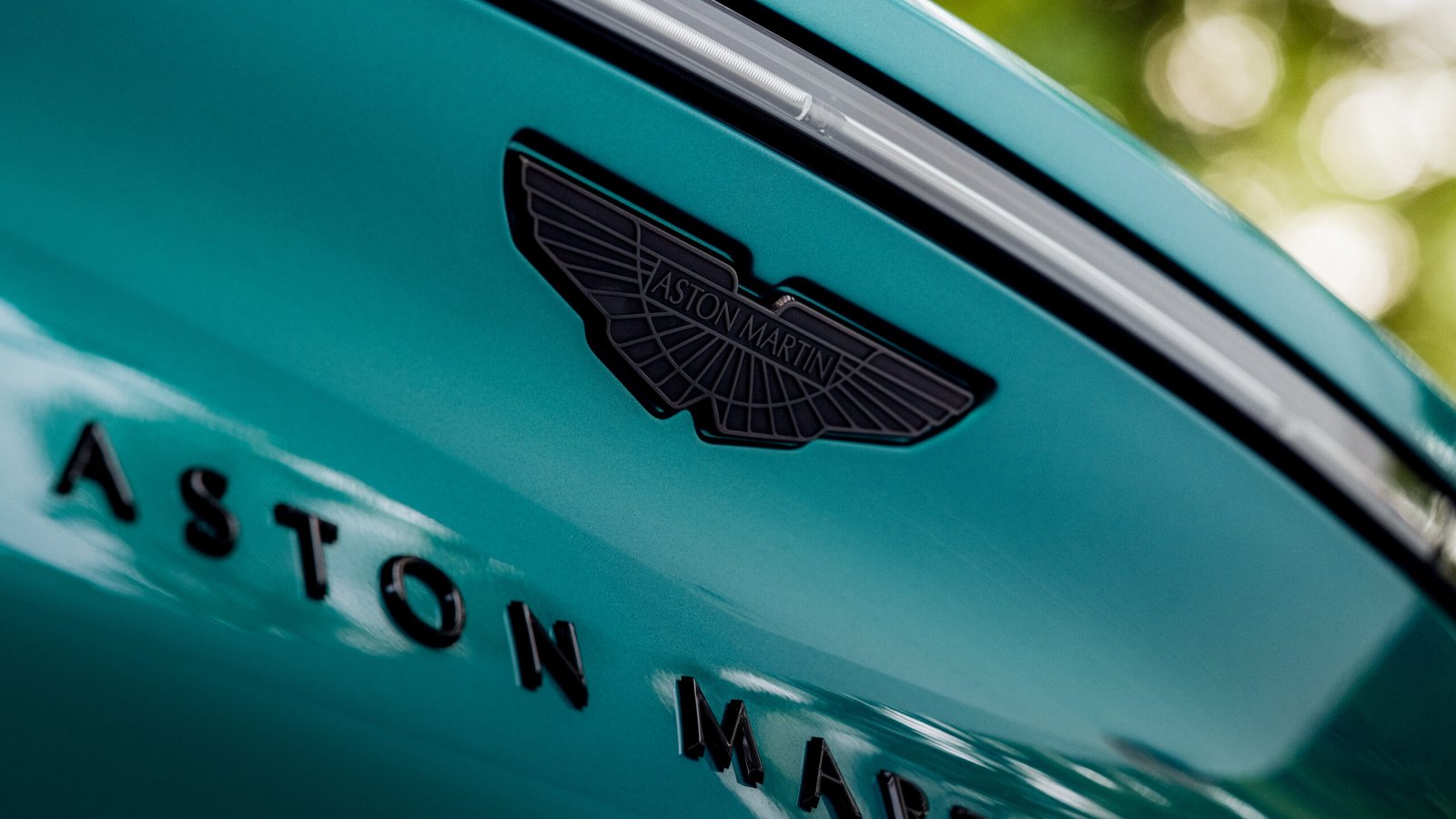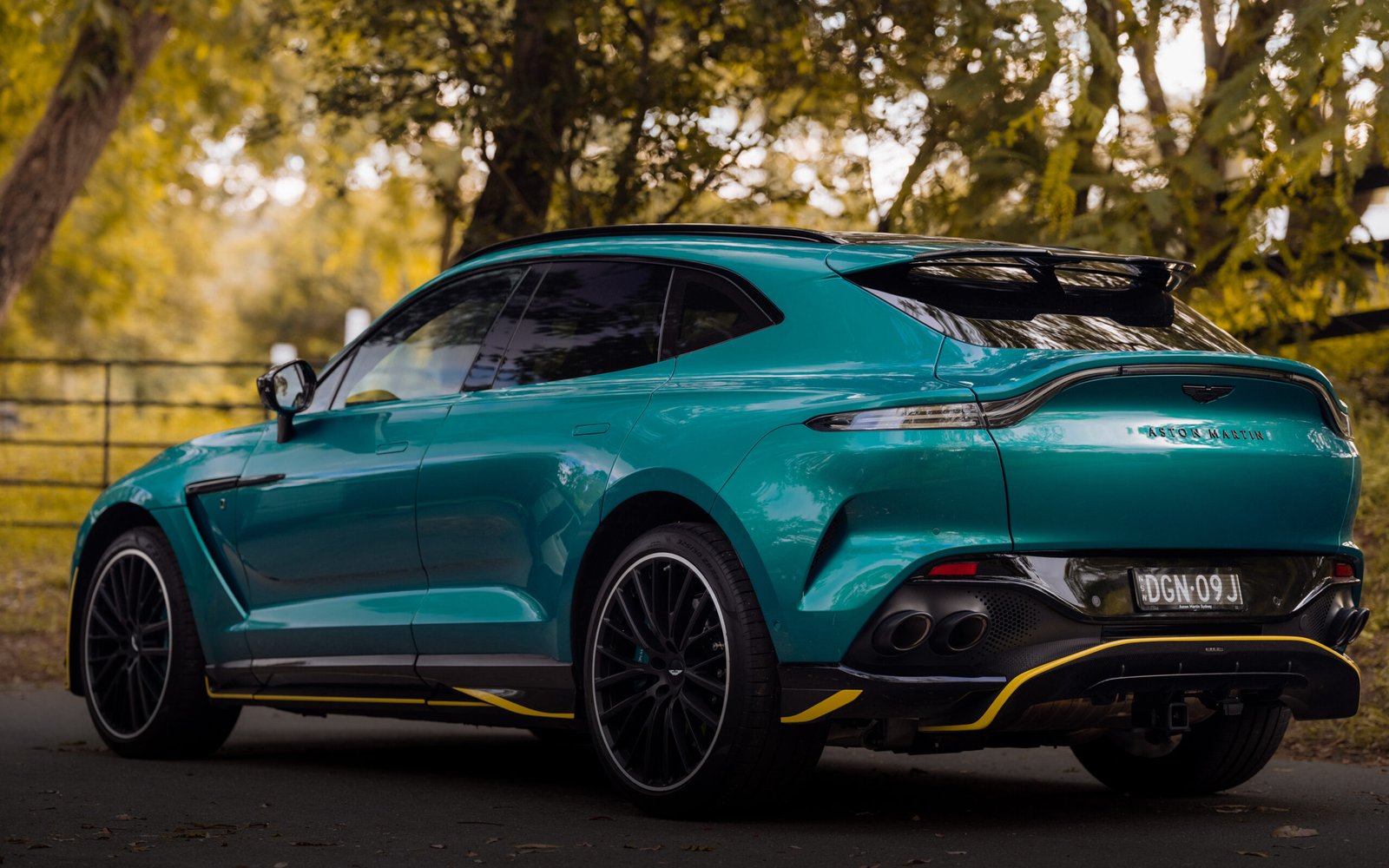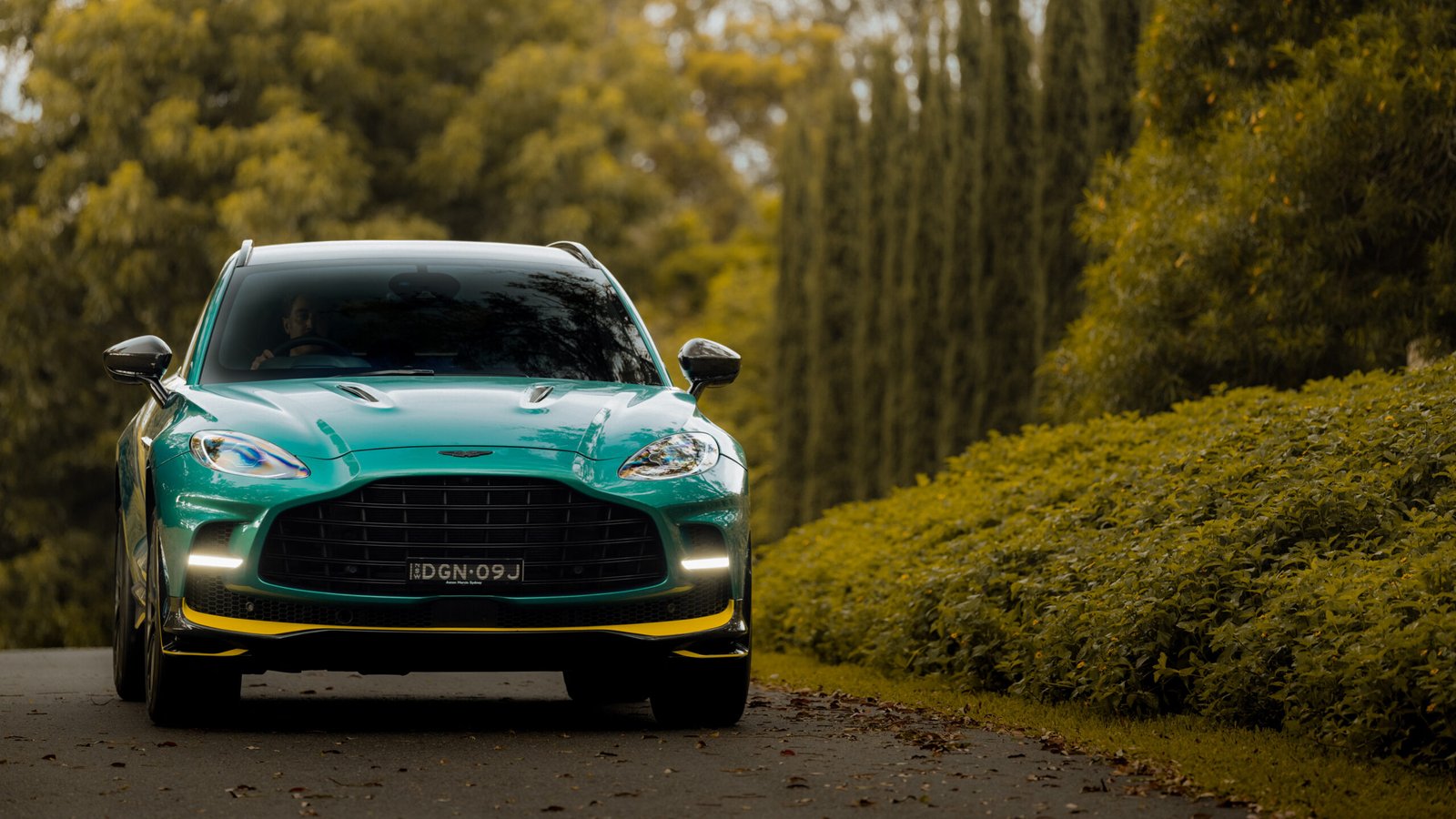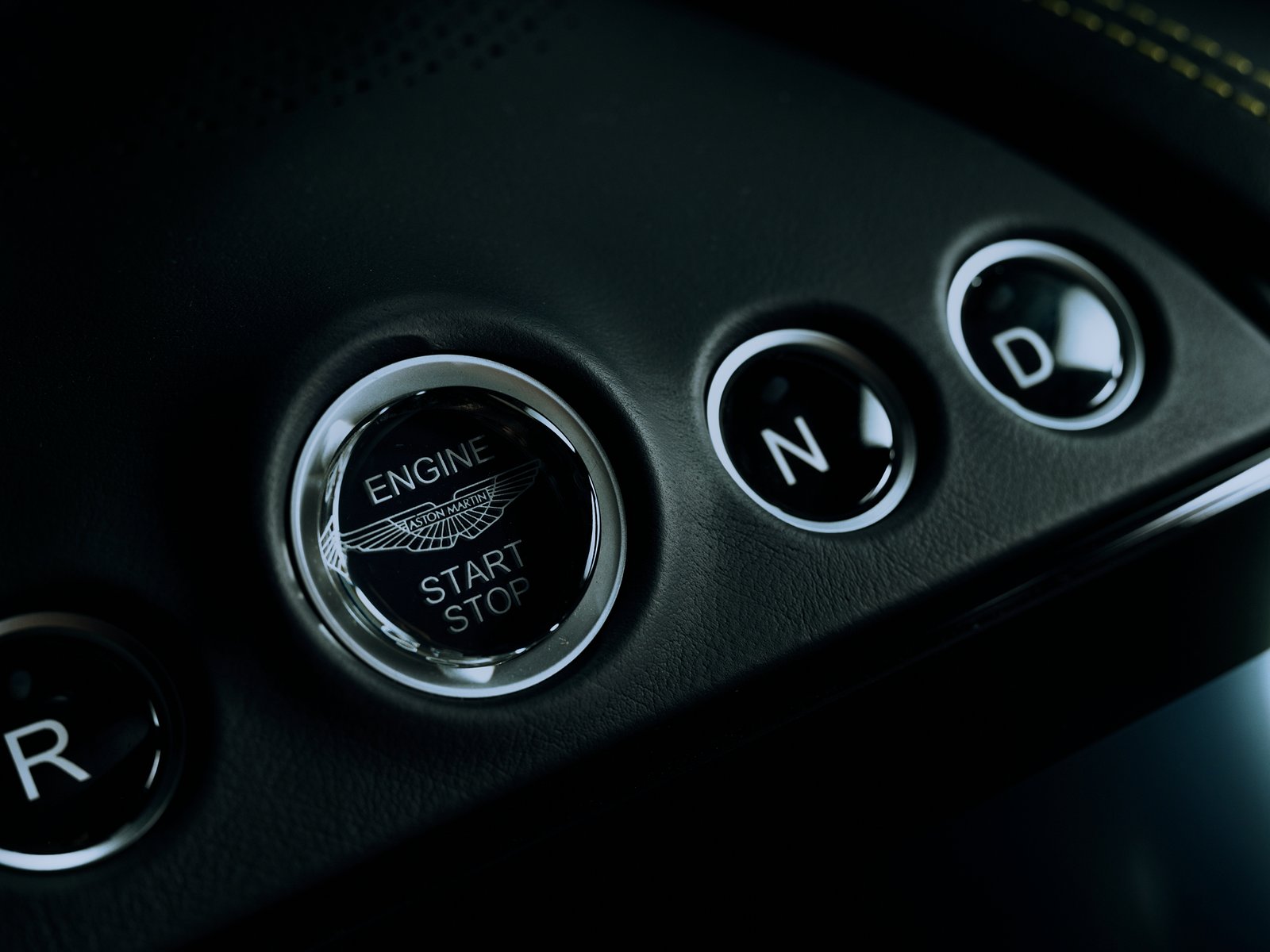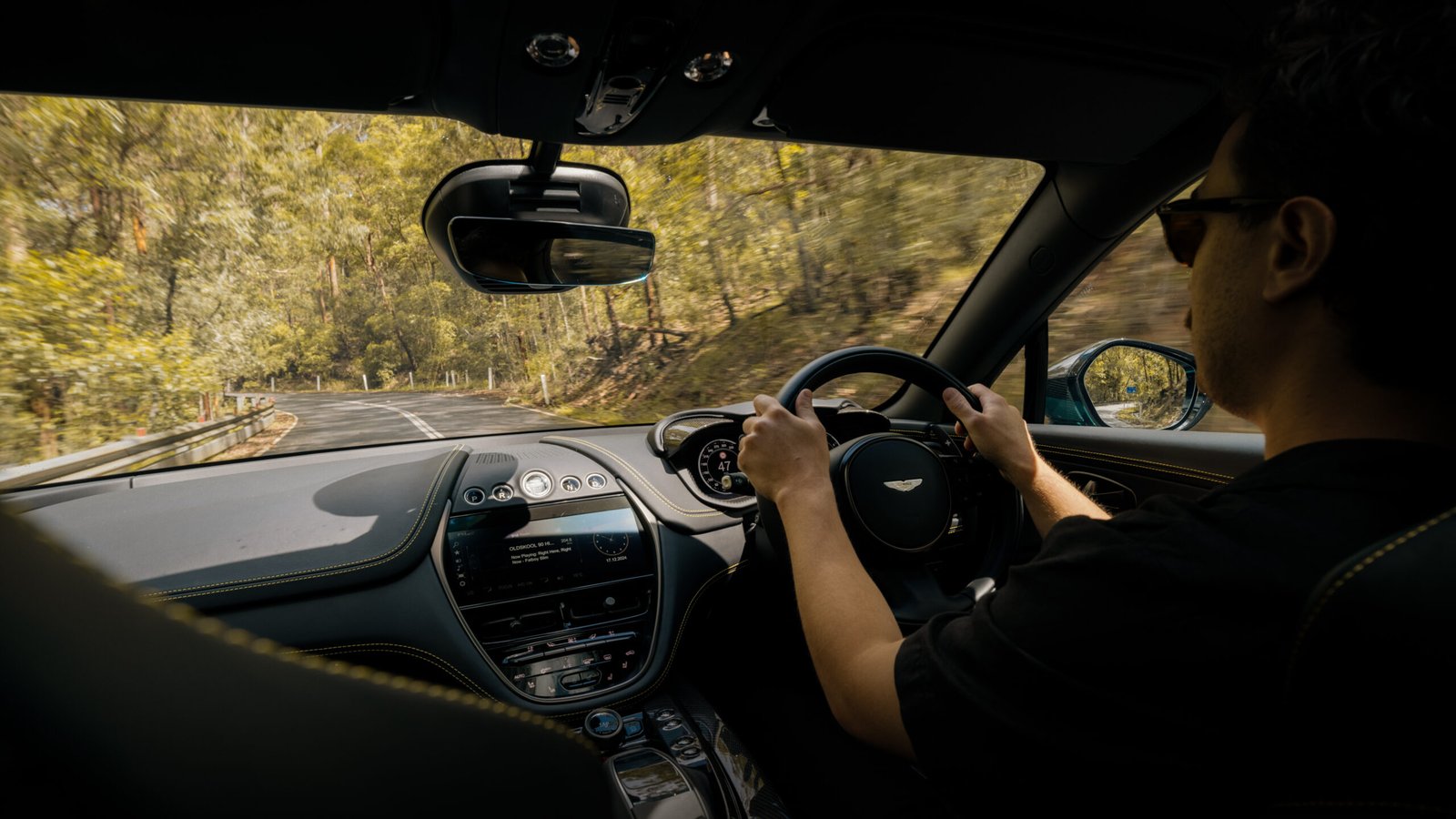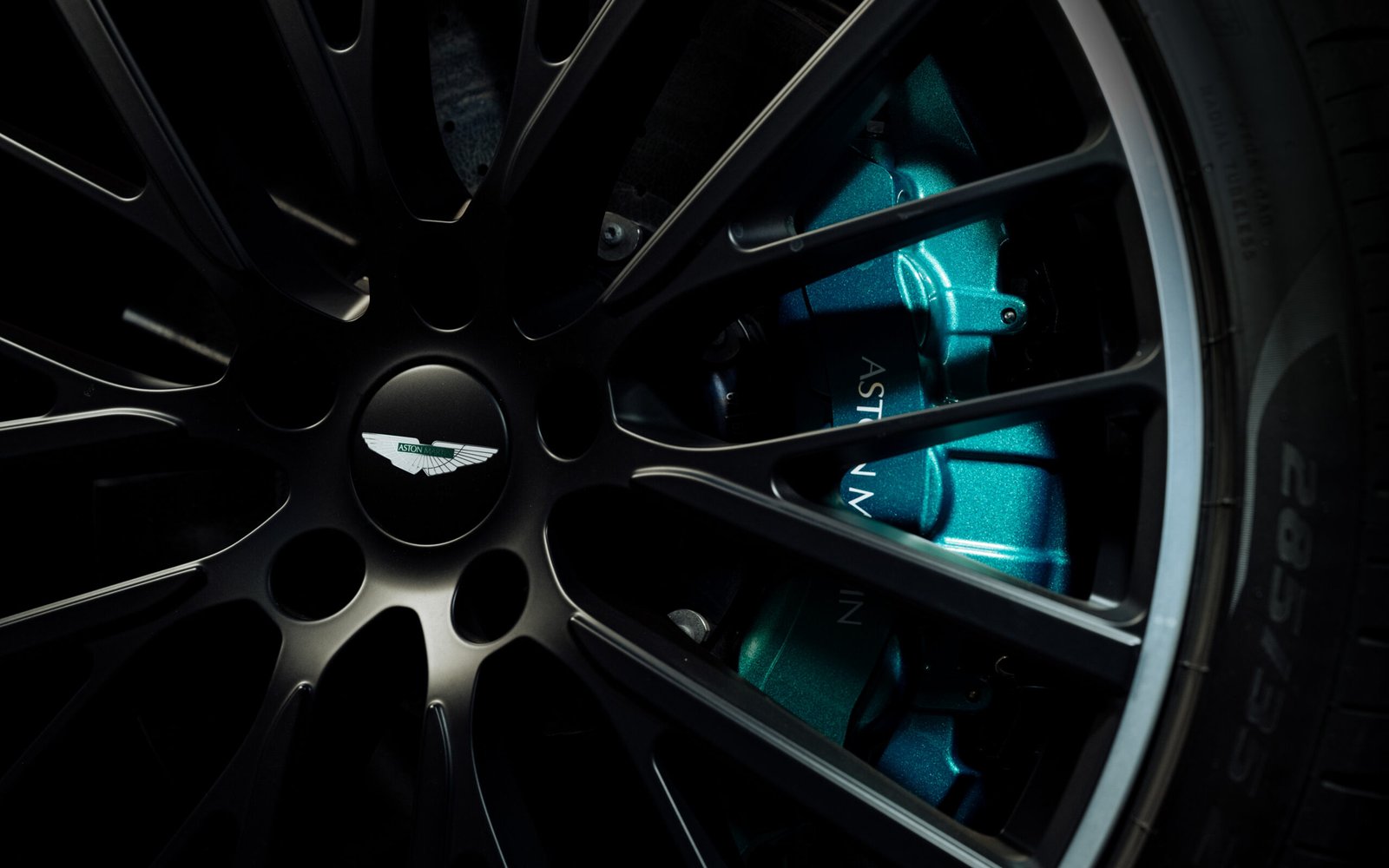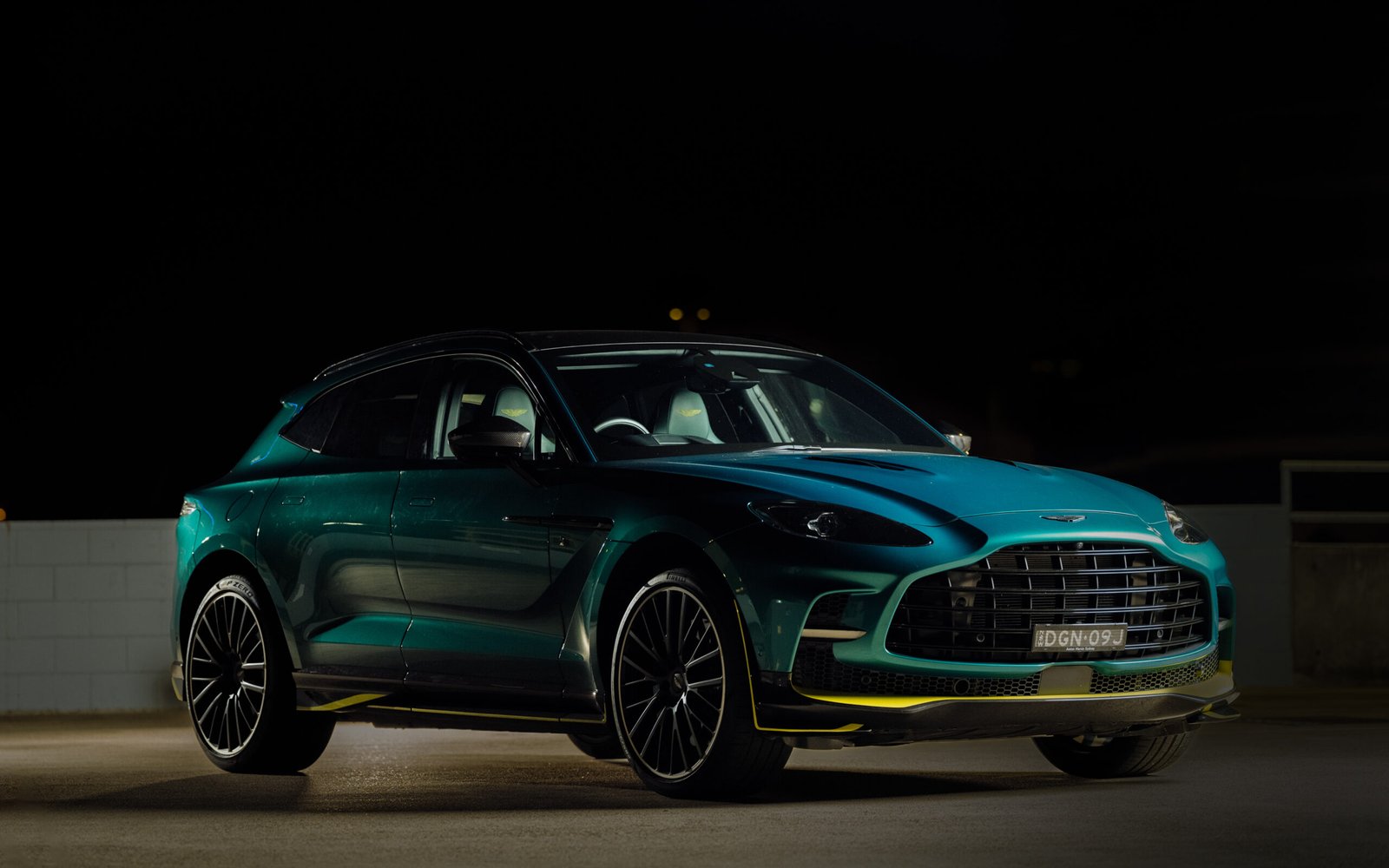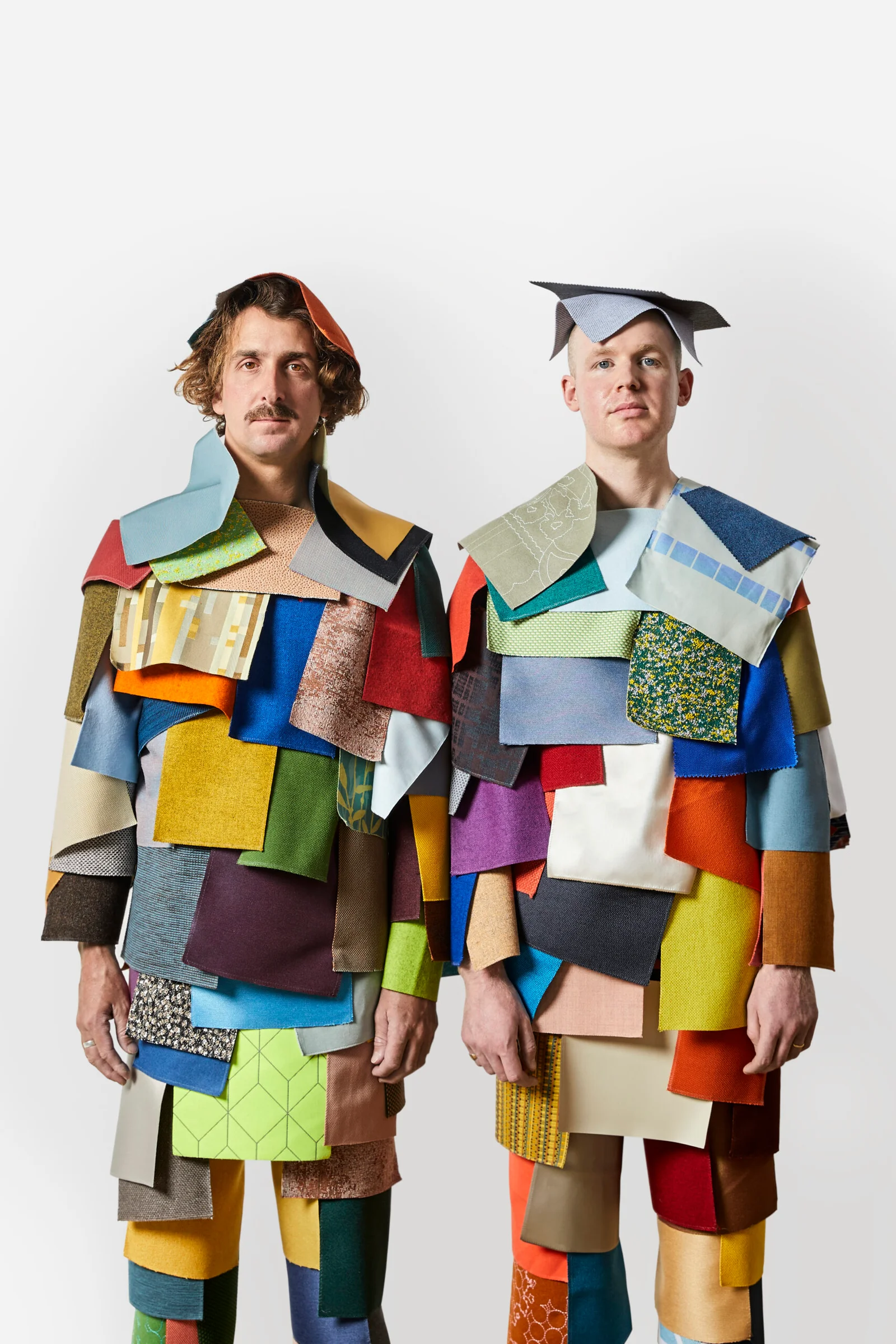What makes the DBX707 so special?
The DBX is fast, but the DBX770 is blistering.
Aston Martin took the AMG twin-turbocharged V8 engine from the DBX and made it even more powerful for the 770, before shoehorning the Bavarian powertrain into a beefed-up version of its British body, resulting in a genre-bending masterpiece that can’t be dismissed as a fluke.
In fact, the man behind the engine fettling is ex-AMG engineer, Ralph Illenberger, who knew he could squeeze more juice – to the tune of 115kW/200Nm– from the race-developed platform. As it stands, it makes more power than any AMG model equipped with the engine. To achieve this, Illenbeger used ball bearing turbochargers, a new engine calibration, and a stronger, faster-shifting wet-clutch-equipped version of the nine-speed gearbox.
“The huge gains we have found in both power and torque demonstrates not only the inherent prowess of the 4.0-litre bi-turbo V8, but Aston Martin’s appetite and ability for finding uncompromising engineering solutions,” Illenberger says.
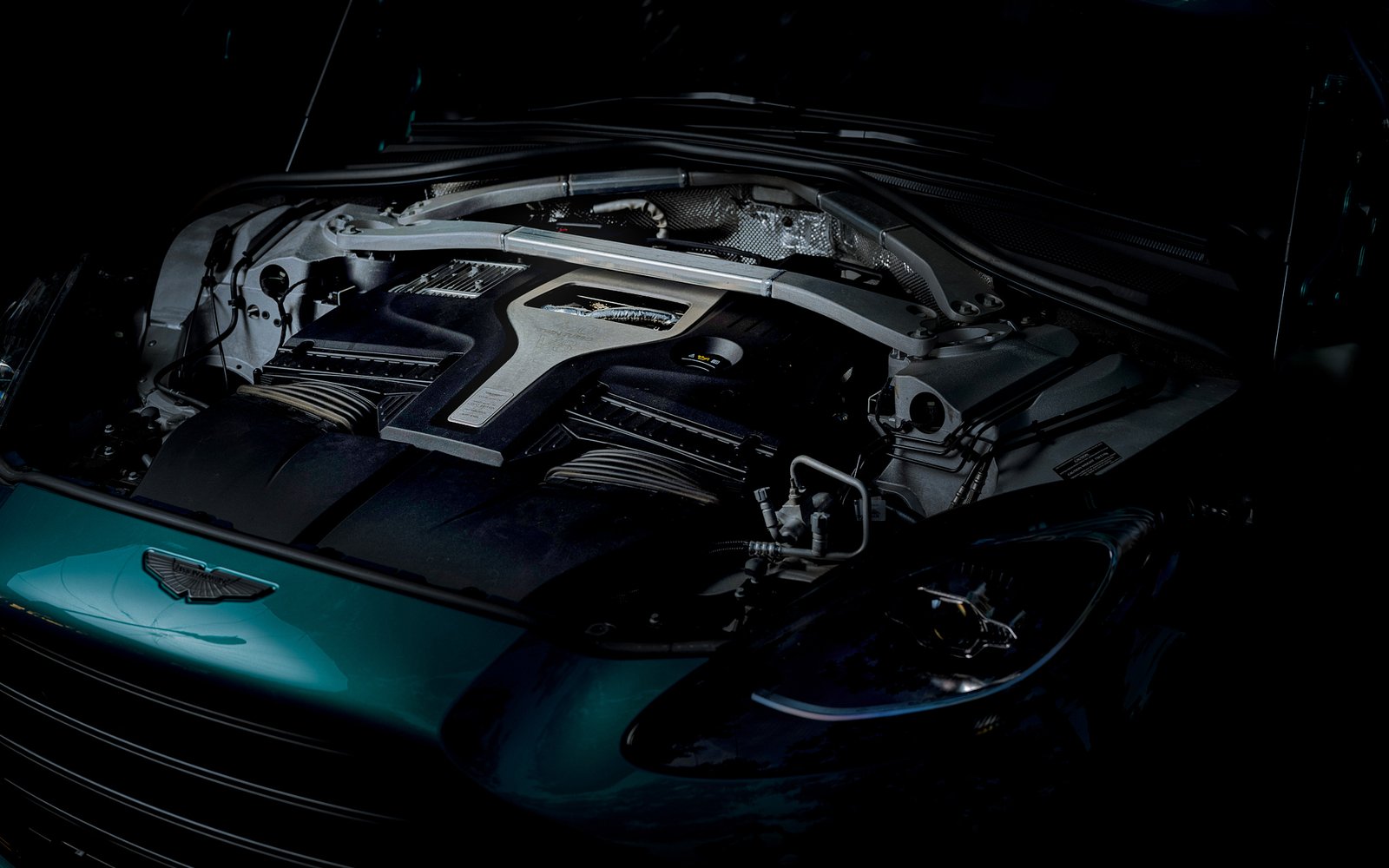
Beyond fiddling with the engine, Aston fitted carbon ceramic brakes, additional cooling ducts, a larger front grille, a stronger (and shorter) rear limited-slip differential, an electronic power steering setup, and a revised version of its air suspension system. The DBX707 isn’t a base DBX with a tune-up, it’s another beast entirely.
As a whole, this SUV has to be the result of designers and engineers coming together in perfect harmony – a phenomenon that must be rare, given how few cars make this much sense. It looks, feels and drives like a ground-up, blank-slate exercise, which is more than can be said for 99 percent of new vehicles. Truly.
Design and engineering, or form and function, rarely blend as seamlessly as they have in Aston Martin’s DBX707. The astronomical price tag, north of half-a-million dollars, perhaps indicates how much it cost the marque to achieve such a feat, but emotion and raw mechanical prowess like this are surely the result of passion – not just development dollars.
While the performance versions of many SUVs are simply widened, lowered and adorned with an often awkward array of lairy go-fast parts, the DBX707 is a ground-up interpretation of the super-SUV. Honestly, the majority of super-SUV’s strike me as tacky, as if they’ve been designed by teenage boys with a PlayStation controller and a selection of bodykits to choose from.That may sound harsh, but type ‘DBX707 competitors’ into Google and you’ll see what I mean.
The exceptions to the rule are the Porsche Cayenne Turbo GT and this – the DBX707. Take the rear section of the DBX707, admittedly jarring at first, which is covered in carbon fibre, functional aero and flanked with the largest rear diffuser I recall seeing on an SUV. Somehow the designers and engineers landed on a rear-end that is one of the most elegant and aggressive you’ll find – in equal quantities– yet it’s functional. It all looks as though it was designed for this car, not slapped on as an afterthought.
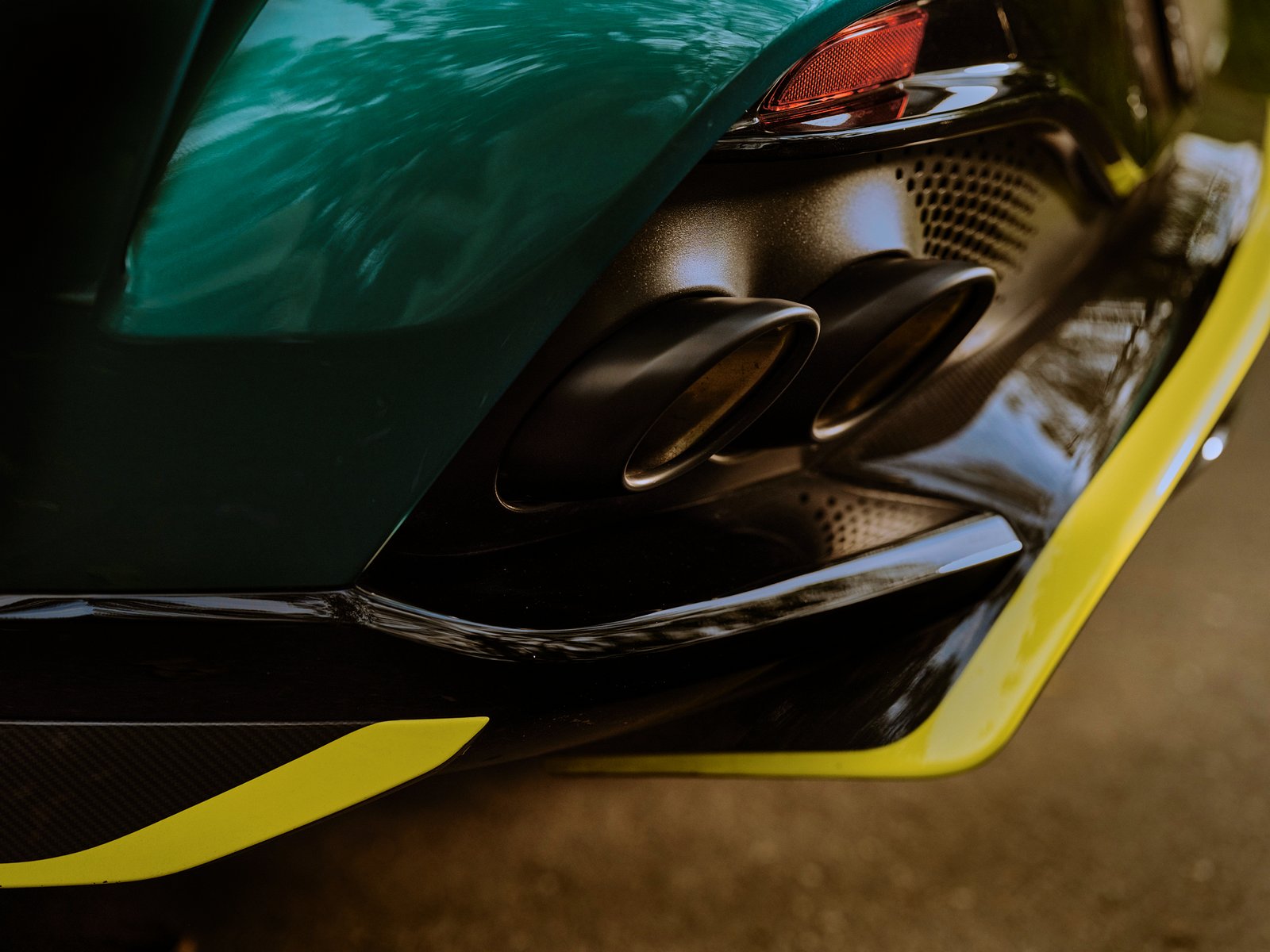
The entire exterior of the car adheres to Aston Martin’s design language, evident in how remarkably recognisable its maker is from every angle. This is clearly an Aston Martin, no matter who you ask. Its proportions are perfect, elongated and exaggerated, sure, but it’s all proportionate. The only other marque that achieves this so expertly, and has since the very beginning, is Porsche. The folks in Stuttgart make stunning SUV’s, presenting the most likely competitor to the DBX with the Cayenne Turbo GT. The Aston does still trump it for power and is perhaps a little sexier, too.
Sliding into the DBX, the interior layout is also quintessential Aston, unique and richly-appointed. I can’t quite work out why it’s such a special place to be, but I don’t want to get out. It doesn’t feel right drinking a coffee, or god forbid a sticky can of coke, in a car this nice. So, I find myself opting for a Doppio, leaning against the car and disposing of the tiny cup before planting myself back in the soft leather seats. This is a truly refreshing interior, almost classic in its simplicity and, like good sheets or a really nice towel, it’s all about the materials. 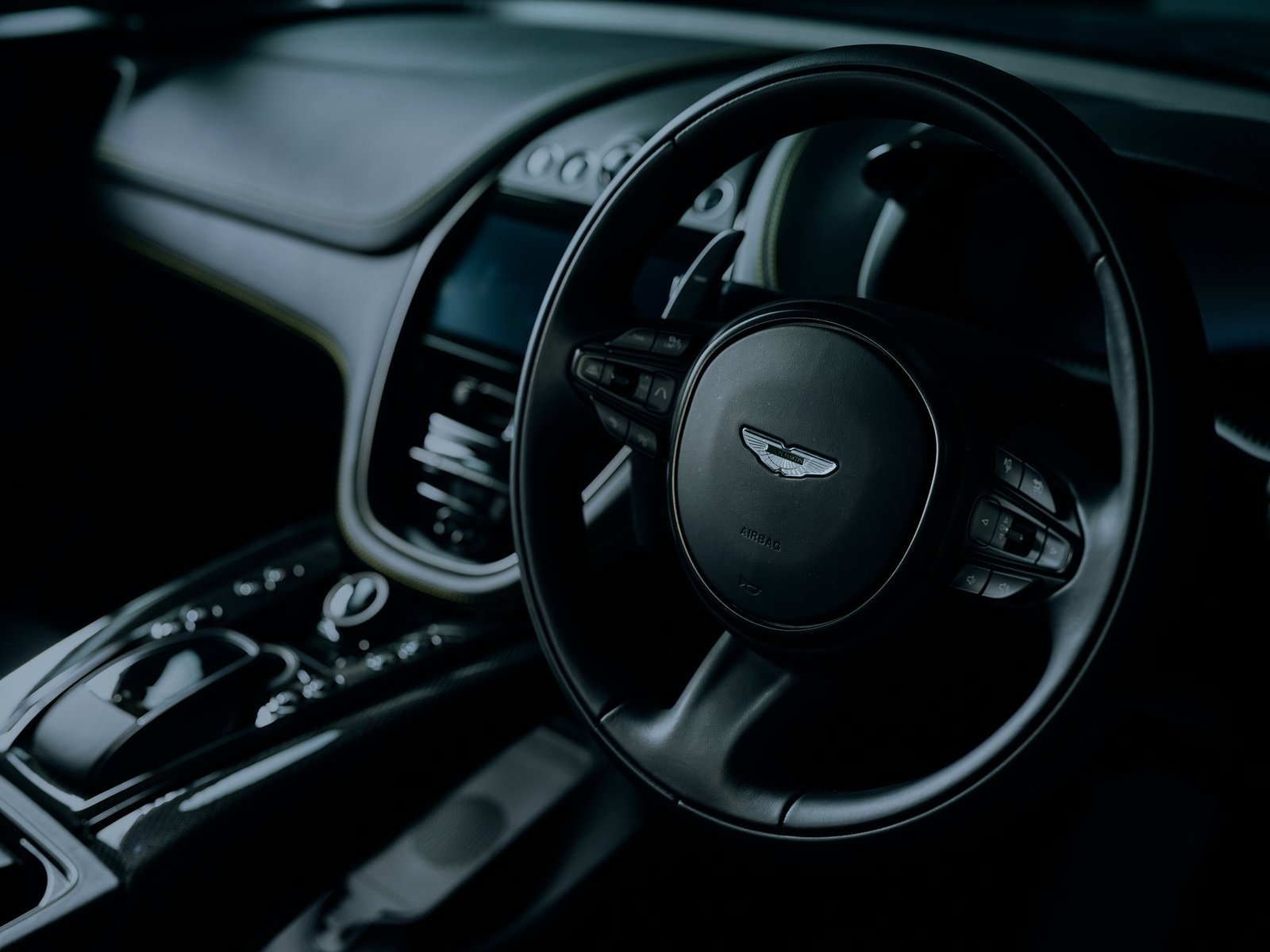
Tactile gear selection buttons sit high on the dash, as opposed to the console-mounted selectors found in most vehicles. There are also buttons for ride height control, exhaust modes, traction control and anything else that matters to an Aston owner, recessed within the carbon fibre centre console. Pressing these buttons means something, certainly more than tapping away on a touchscreen as software sends signals to a switch that then completes a task. Just give me a button, cut out the middle man, it’s tactile and more satisfying that way.
Then there’s the beautiful steering wheel (of the round variety), seats and dash, wrapped in supple, muted black and green leather with yellow stitching. The DBX strikes a stunning balance between race-inspired carbon fibre, of which the interior contains an alarming amount, and supple black leather that smells as luxurious as it looks. It’s a juxtaposition I am very much about and, from where I’m sitting, this feels as much like a cockpit as it does a cabin.
The interior of the DBX707 oozes opulence while reminding you, with all of that carbon fibre, that this is a race-bred steed. Don’t make me get out, because right now I’m finding any reason to stay right where I am.

Q division treatment
Aston Martin’s ultra-exclusive Q division fettled the DBX707 with a degree of finesse that is as impressive as the original car’s design achievements, delivering an AMR23 Edition that tributes the Aston Martin Aramco Cognizant Formula One Team.
The AMR23 was built to celebrate the success of Aston Martin’s Formula One team in 2023, after Fernando Alonso and Lance Stroll pedalled the team to a second place spot in the Constructor Standings early in the season, before ending the year in a respectable fifth place.
Aston Martin’s Q division applied the firm’s signature Podium Green hue to the DBX707, further enhanced with lashings of carbon fibre aero and race-inspired lime ascents that flank the angular exterior body kit trim.
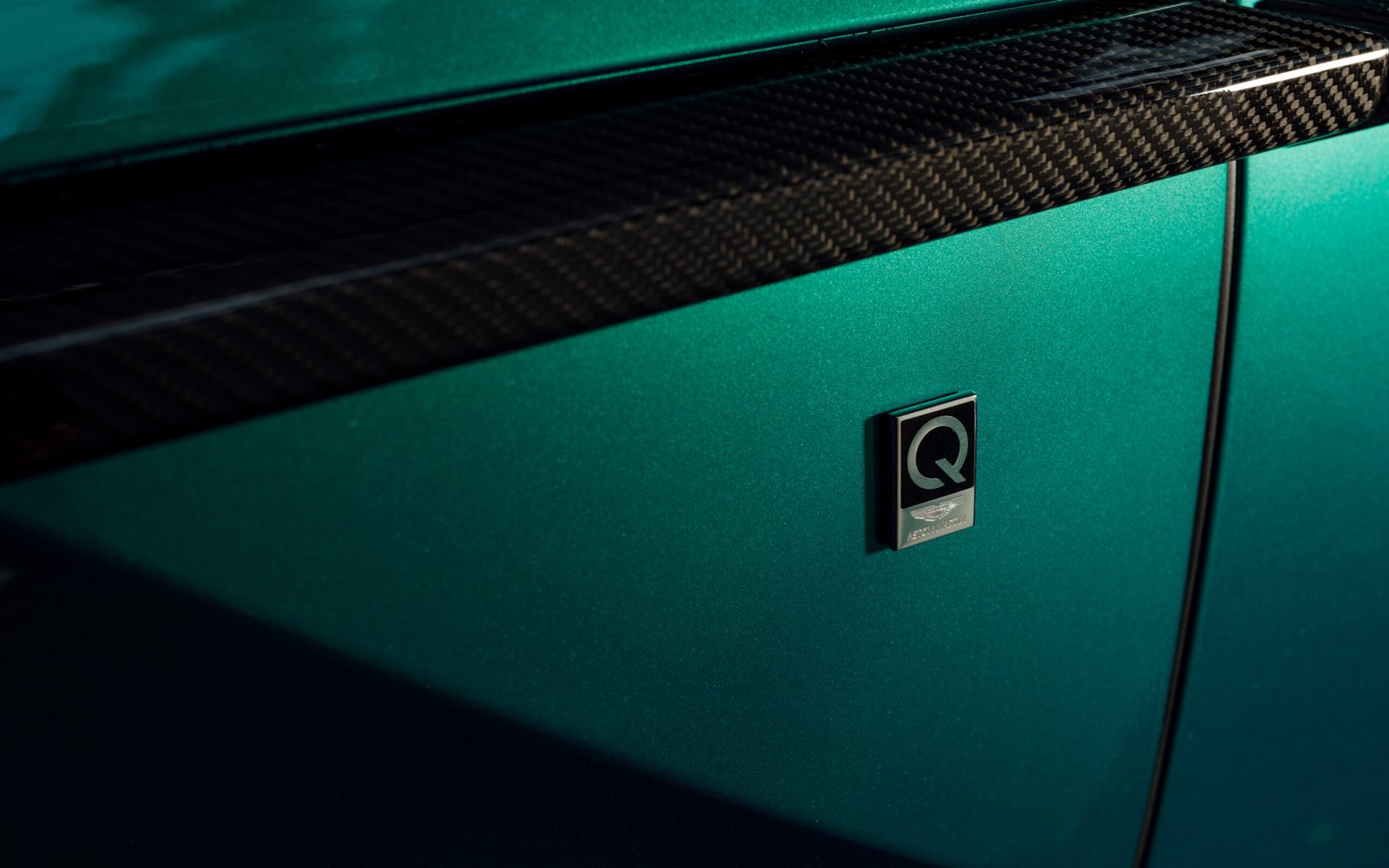
Once inside, signature stitching and carbon fibre veneers elevate the special edition model, and understated badging reminds you that this AMR23 is a carefully-curated creation – a tribute to the marque’s contemporary Formula One success.
I’m not one for sticker packs or fresh trim colours masquerading as a special edition. This, however, feels genuine. It resembles its distant F1 relatives about as much as it can without losing the soul it has worked so hard to achieve. It’s all very subtle, but I’d take an AMR23 over a standard DBX707 and wouldn’t tell you to save your money if you, like us, are a fan of the Aston team and the sport more broadly.
I actually find myself wiping the aluminium kick plates at every opportunity, making sure the stunning AMR badging isn’t masked by crud. I don’t normally do this, but it must be an Aston driver thing.
